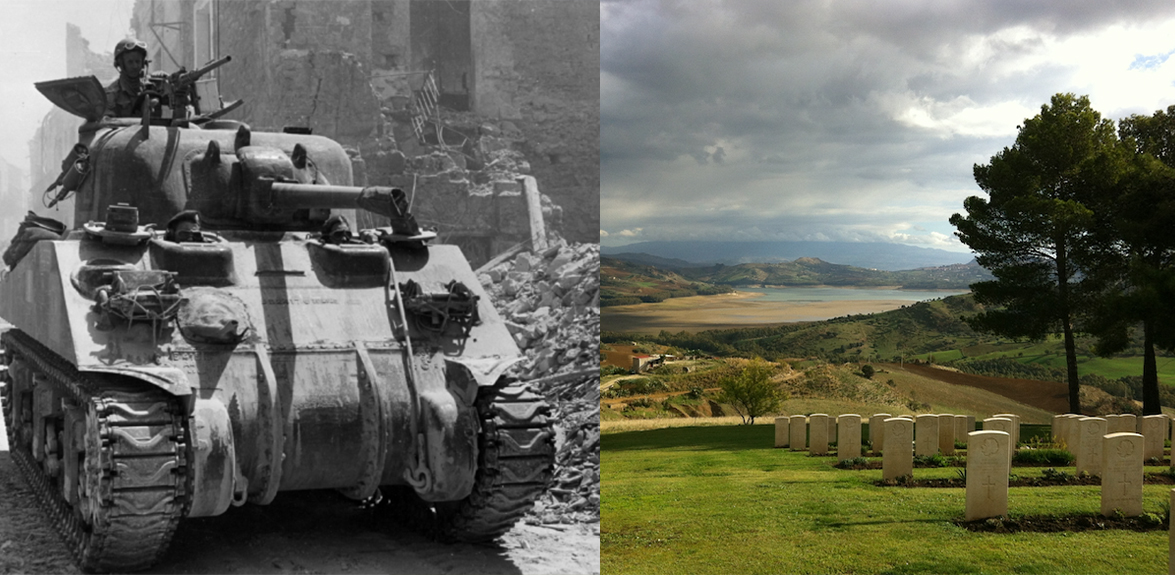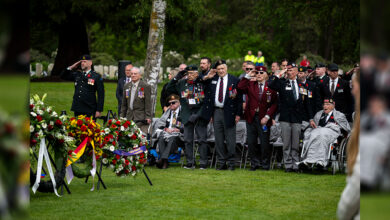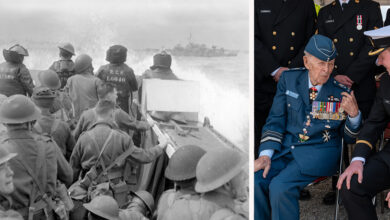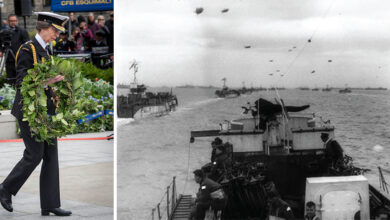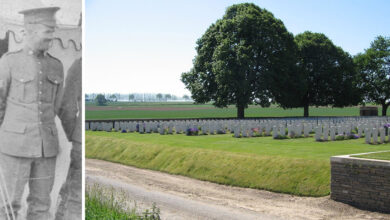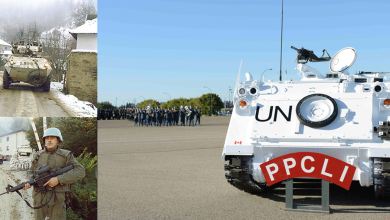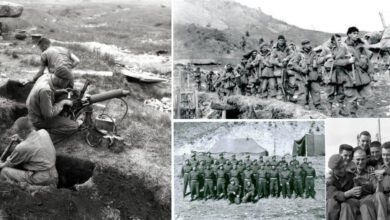History
Remembering Operation Husky: The campaign that captured Sicily during the Second World War
Above image: see below.
The invasion of Sicily, code-named Operation Husky, began on July 10, 1943, when 150,000 Allied troops reached the Sicilian shores, bringing along 600 tanks, supported by naval and aerial bombardments of enemy positions.
This assault was a major campaign of the Second World War, in which the Allies took the island of Sicily from the Axis powers.
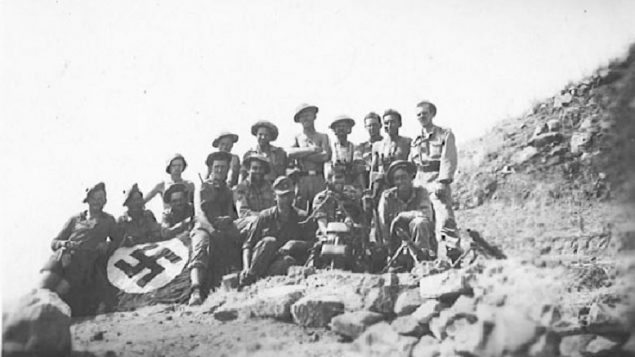
Canadians had an active role in this effort as Canadians came ashore near Pachino and fought in Sicily for more than four weeks, and helped result in the taking of the city.
“In this 75th anniversary year of the end of the Second World War, it’s important to remember the contributions Canadians made in all theatres of the war. As ever, Canadians displayed outstanding courage during Operation Husky, the campaign in the summer of 1943, to capture Sicily.
“Victory on the Mediterranean island contributed to the fall of Benito Mussolini and to knocking Italy out of the Second World War. But the cost was tremendous. Canadians suffered more than 2,300 casualties. More than 560 were killed.
“Today, we pay tribute to the courage of those who served, and to those who gave their lives in helping to bring about the eventual return to peace in Europe,” said Lawrence MacAulay, minister of veterans affairs and associate minister of national defence
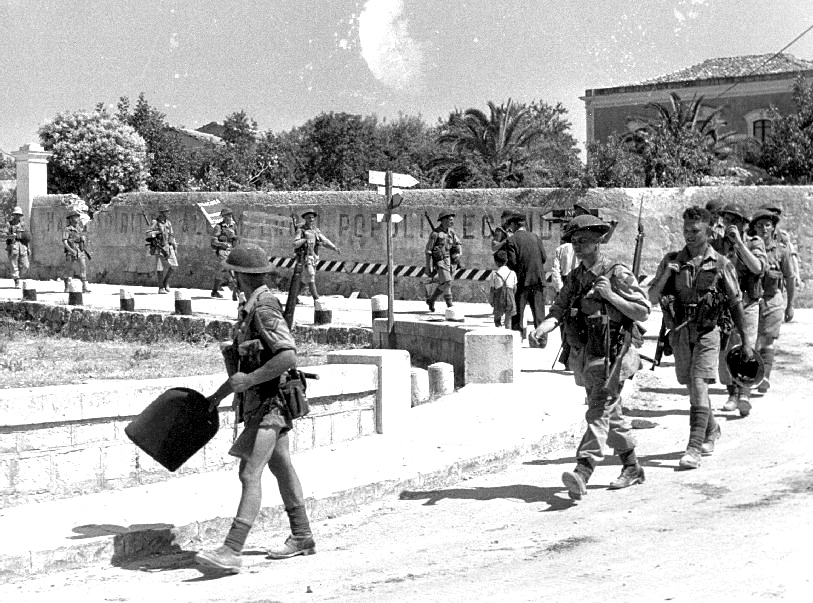
The Seventh U.S. Army under Lieutenant-General George S. Patton, and the Eighth British Army under General Sir Bernard L. Montgomery, carried out the invasion. The Canadians were part of the British Army.
Having been deceived by Operation Mincemeat, Hitler left only two German divisions in Sicily to battle the Allied soldiers.
Operation Mincemeat took place In April 1943, a month before the Allied victory in North Africa. The Germans found the body of a British Royal Marine pilot in the water off the coast of Huelva in the South of Spain. An attaché case was handcuffed to the officer’s wrist, containing documents suggesting that the Allies had plans to invade Greece and Sardinia.
On July 18, the Canadians met their heaviest resistance to date at Valguarnera. The fight resulted in 145 casualties, including 40 killed. At Leonforte, the 2nd Canadian Infantry Brigade encountered a stiff and difficult fight.
Hitler took full advantage of the found information and sent his troops and ships to reinforce the islands of Sardinia and Corsica, west of Italy, against an impending Allied invasion. However, Operation Mincemeat was a deception.
The recovered body was not a Royal Marine but a homeless man from Wales who had committed suicide.
As Hitler redirected his troops, a massive Allied invasion force sailed toward Sicily. The Italian fascist regime was not prepared for the attack, as the allies had hoped.
The Canadians formed the left flank of the five British landings that spread over 40 miles of shoreline near Pachino. The Americans established three more beachheads over another 40 miles of the coast.
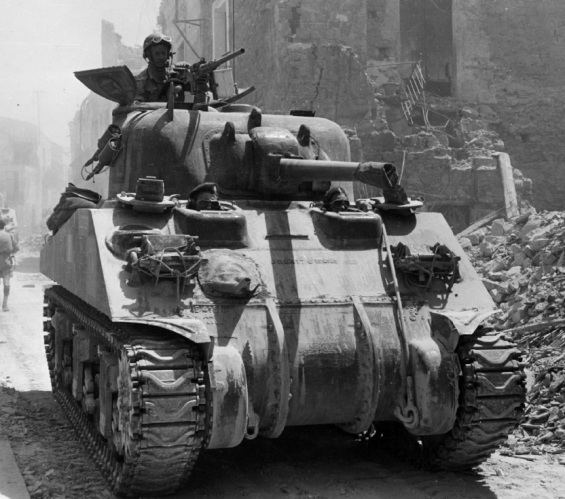
In taking Sicily, the Allies aimed to trap the German and Italian armies, preventing their retreat across the Strait of Messina.
On July 15, the men of the 1st Infantry Brigade and tanks of the Three Rivers Regiment took the village of Grammichele, after they came under fire from the Germans.
It was on July 18, the Canadians met their heaviest resistance to date at Valguarnera. The fight resulted in 145 casualties, including 40 killed. At Leonforte, the 2nd Canadian Infantry Brigade encountered a stiff and difficult fight. At the same time, the Hastings and Prince Edward Regiment carried out an ascent of Monte Assoro to surprise the German defenders. Then on July 28, Agira was taken after five straight days of battle.
Patton’s army moved toward Messina to protect Montgomery’s British forces as they moved up the east coast of the island. These operations pushed the Germans into a small area around the base of Mount Etna, where the Canadians captured Catenanuova and Regalbuto.
Prime Minister Benito Mussolini was deposed and arrested on July 24, 1943. With the fall of the fascist regime, a new provisional government was set up under Marshal Pietro Badoglio. He extricated Italy from the war by arranging an armistice with the allies.
The final Canadian task was to capture Adrano. With the approaches to Adrano cleared, the way was prepared for the closing of the Sicilian campaign. The Canadians withdrew into reserve on August 7, and did not take part in this final phase.
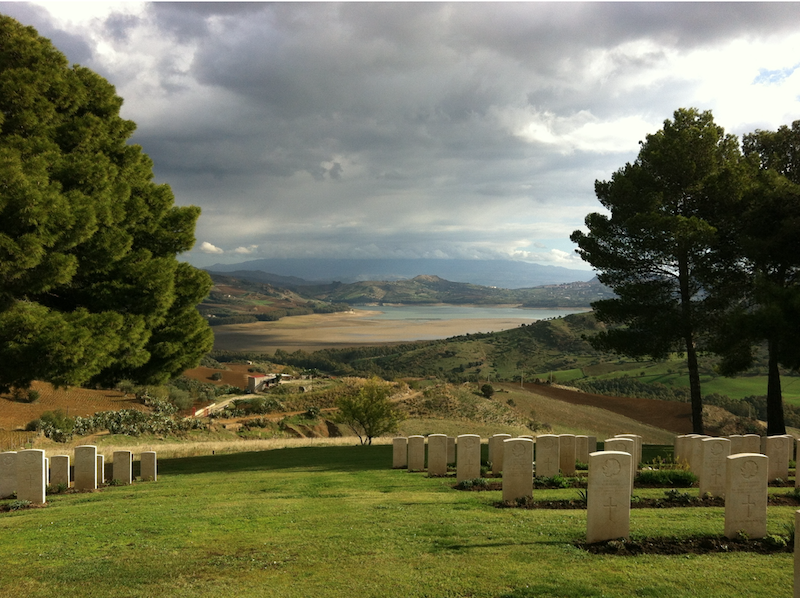
After Mussolini’s arrest, Italian troops started to withdrawal from Sicily. German forces continued to fight fiercely against the Allied advance but were pushed back into the northeastern port of Messina.
By August 17, 1943, Patton was expecting to fight one final battle, but the enemy forces had disappeared. The allies failed to capture the axis armies as they retreated, and the attack against Sicily took more time and took the lives of more allied troops than anticipated, but it was a victory for the allies.
The operation had secured a necessary airbase from which to support the liberation of mainland Italy and contributed to the downfall of Mussolini.
Canadian casualties totalled 562 killed, 1,664 wounded, and 84 prisoners of war.


